Cedar is becoming an increasingly popular choice of wood for most home renovation projects. Still, it is always good to do your research and find out if it is really what you need. While it can be pretty versatile, it has its own advantages and disadvantages that you need to be wary of.
With that being said, cedar is not a hardwood. Cedar is a softwood that comes from a group of gymnosperms. It is the wood of evergreen trees that produce pines and conifers.
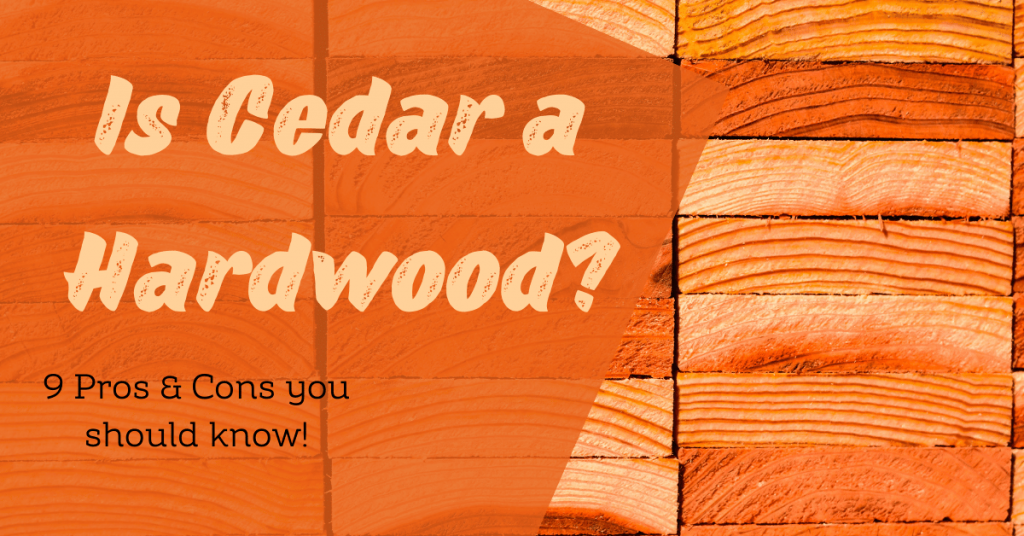
WHAT IS CEDAR?
As discussed previously, it is a softwood. What really is the difference between hardwood and softwood, though? Why does it matter? Because the thing is, the term hardwood and softwood does not literally mean “wood that is softer or harder”, and only points to the kind of reproductive system they follow.
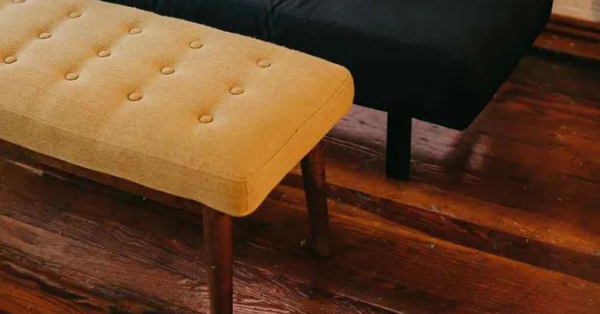
Knowing what to get depends on what you intend on doing with the wood. Hardwood has notable qualities that make it great for heavy-duty projects like making boats. Softwood like cedar is also versatile but has a unique beauty to it, which is why people choose it for aesthetics.
Let’s discuss the pros and cons of cedar
1. AFFORDABILITY
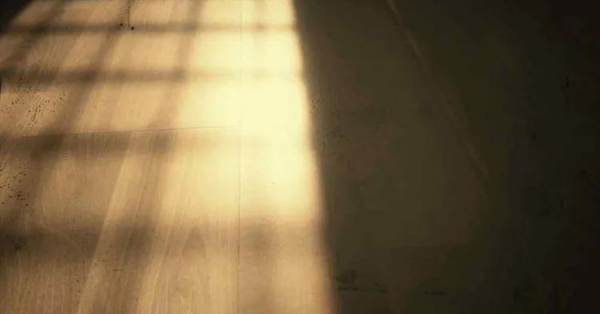
Pro: It is affordable wood in comparison to hardwood. Buying cedar wood can save you six times the money it would take you to buy any other wood.
Cons: While the wood is affordable, working on projects with it can still be a little pricey. Then again, any amount of labor demands its worth, regardless of the material.
2. VERSITALITY
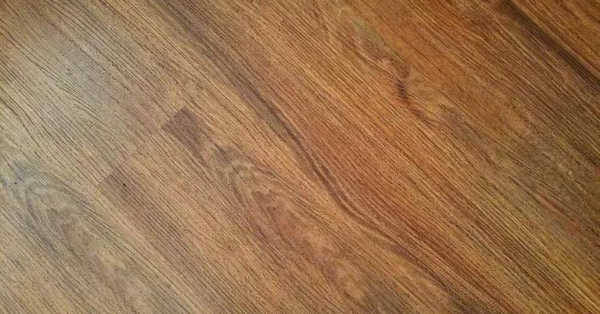
Pros: It comes in a variety of textures, colors, and grades which allows you to make the aesthetic choices you need in order to achieve your dream home.
Some types of cedar wood you can get are:
- Alaskan Yellow: This is one of the most resilient cedarwood you can get. With its beautiful muted yellow and smooth grain, its usually chosen for projects that require some amount of weather resistance.
- Port Orford: This is quite rare, which also makes it a little expensive. It has a wonderful aroma that many people are instantly attracted to. It can liven up a home quite nicely.
- Incense: It has rich streaks of reds and browns in color with a wonderfully deep aroma. It also does not splinter very easily, making it a great candidate for furniture making and pencils.
Cons: Based on your region, one or more of these may not be as readily available which means that you might end up paying a bit for its delivery to your area.
3. MAINTENANCE
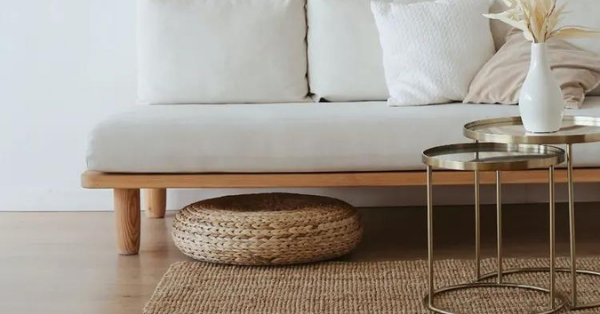
Pros: It is extremely environment-friendly, so you’re never worried about it doing any harm to the planet unlike synthetic wood. Cedar wood even removes greenhouse gases from the air! Since it comes from forests that are sustained and managed, cutting them down does the environment no harm.
Better yet! Moisture, bugs, rotting does not seem to touch cedar wood.
Cons: It does grey out and weather away over the years, which may clash with your aesthetic appeal. And if you’re not careful, the surface can be easily scratched.
4. WORKABILITY
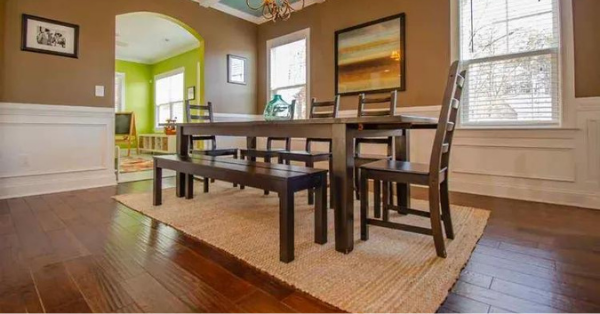
Pros: Since it is lightweight and not as dense as a hardwood, it is easy to cut, hammer for leveling surface, nailing down, and much more! Carving out of cedar wood is much easier and less time consuming as compared to hardwood, and that can save you a lot of money in the long run.
Cons: Due to its lightweight nature, it can be very easy to make mistakes, and reparing them could take a bit of work. Still, it is better to make a mistake on softwood rather than hardwood.
5. ENVIRONMENT SENSITIVE
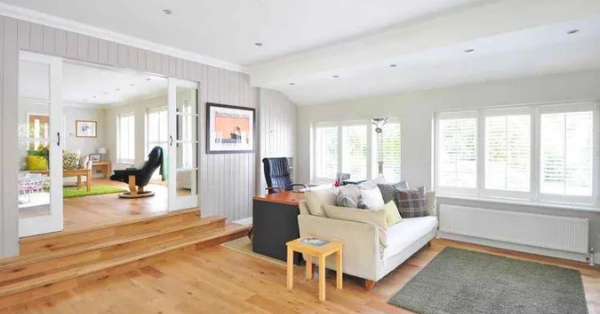
Pros: Cedar is pretty cool on your feet, so you’re never worried about the hot weather making your home unbearable if you use it anywhere. Since it helps convert greenhouse gases and cool down the area, it is of great use if you’re using it as flooring in hotter areas.
Cons: It is, unfortunately, quite flammable. Due to its density and lightweight nature, it captures fire very easily which means that there needs to be some amount of fire proofing done if you’re irked out by that. Then again, almost everything in our homes is flammable, so it can’t really be helped.
6. FEET FRIENDLY
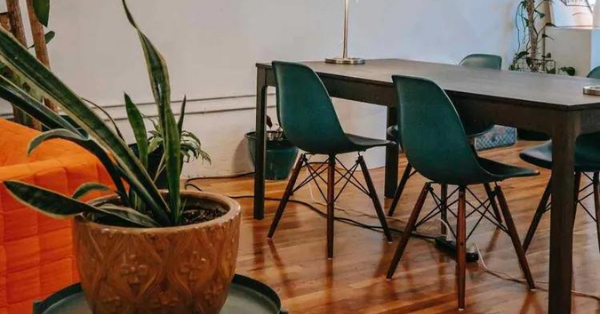
Pros: It might seem strange to read this, but cedar wood has a texture that is not hard on the feet. Perhaps it’s something one can only understand when they experience it. Think about vinyl flooring being grippy on our feet, or tiles being slippery with certain slippers. The texture and grain of the wood allows for smooth walking without too much or too little friction.
Cons: This nature might not be convenient for certain areas of the house where you need smooth and friction-less surfaces. For example, this might not be a great choice in the kitchen where you’re prone to spilling things. Such surfaces could make it difficult to clean up efficiently.
7. BIODEGRADABLE
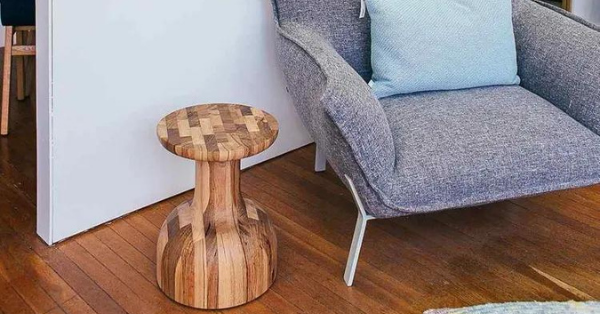
Pros: You don’t have to worry about it being an eyesore should you decide to change your flooring and throw out the wood somewhere. It can break down very easily in nature, leaving you guilt free of polluting the area.
Cons: You have to ensure your foundation for the home is appropriate. Any leaks or direct contact with outside bacteria will have the flooring coming apart. The initial construction of your home should be well done.
8. OPTIONS
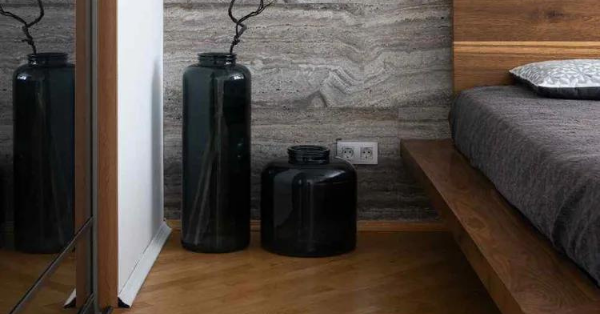
Pros: You’re not limited by the things you want to use cedarwood for. You can use it for sculptures, outdoor decking, making toys, furniture, decor, and so much more!
Cons: With that being said, you do need to know which kind of cedarwood works best for what you want to do.
9. TECHNICALITIES
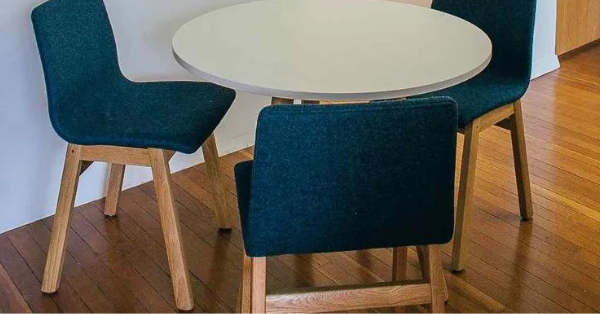
Pros: It is very easy to determine what cedarwood you need for certain projects just by looking at something that we call the Janka scale. The lower the scale, the softer it is and would be needed for more smaller projects.
Cons: It is not always accurate and the Janka scale does not determine everything about the wood you want, so it’s always best to consult an expert at the end of the day.
CONCLUSION
We have discussed the nine pros and cons of investing in cedar wood in detail, which cover aspects such as: affordability, versitality, maintenance, workability, environment sensitive, feet friendly, biodegradable, options, technicalities.
